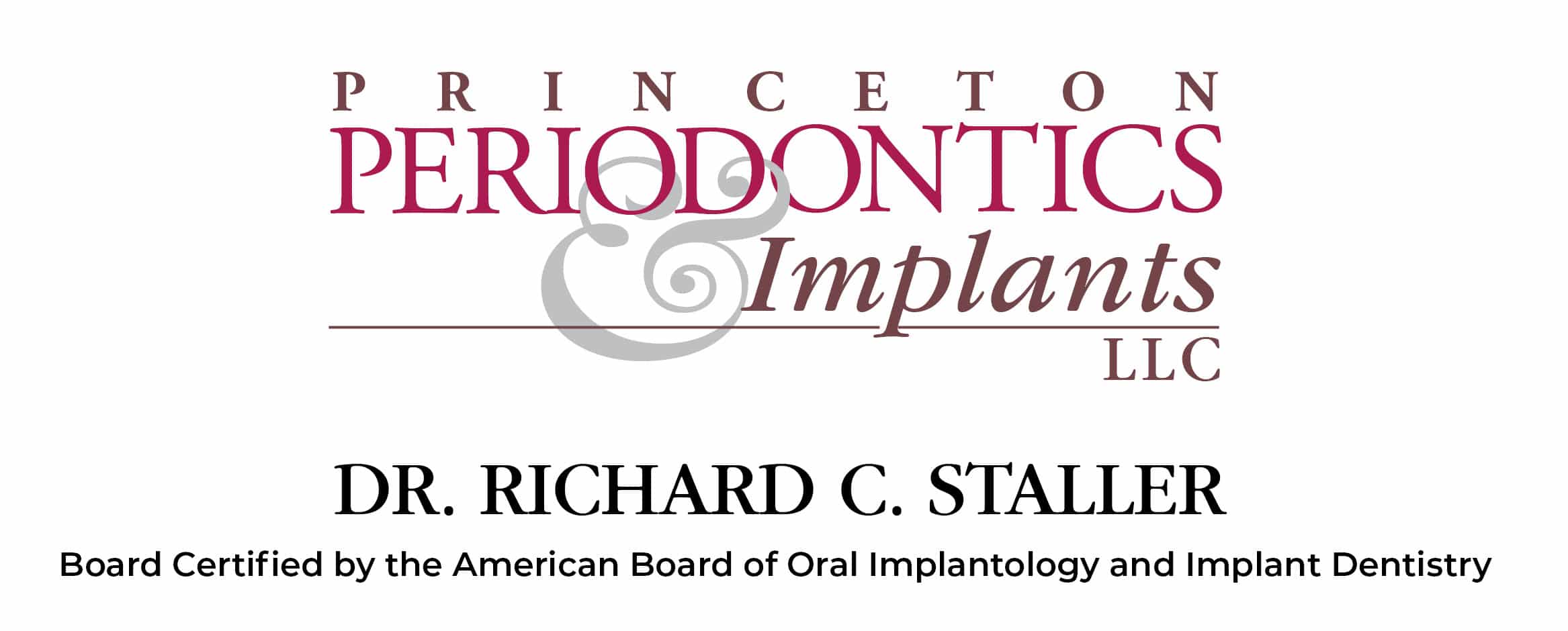Soft Tissue Repair
+ Grafting
SOFT-TISSUE GRAFTING
The body loses a natural defense against bacteria and trauma when the gum tissue recedes. Gum recession can be caused by:
- Aggressive brushing
- Previous orthodontic treatments
- Gum disease
- Previous tooth loss
- Gum tissue that is naturally thin
In minor cases, where some healthy gum remains to protect the tooth, a simple adjustment of the home care routine is usually all that’s needed. As long as the gum is still providing an effective seal, it’s a reliable safeguard.
Sudden sensitivity to hot and cold food and drinks is often an indicator of more significant gum recession—if it isn’t already obvious to the naked eye. At a certain point, the surface of the tooth’s root becomes exposed. It’s softer and more sensitive than enamel. If the recession is left unattended, it will progress to root decay and erosion.
A gum graft entails taking a thin piece of tissue, either from the roof of the mouth or a donor source in the case of an allograft, or gently moving it from adjacent areas, and creating a new stable, healthy seal around the affected tooth, or teeth.
A local anesthetic is applied to the grafting site. Once the grafting material is placed and stabilized, the area is sutured with stitches that will either dissolve or be removed by Dr. Staller in one to three weeks.
A thick, symmetrical gum line is critical to maintaining a healthy mouth. It’s also key to getting the smile you want if you have a dental implant.
TUNNEL GRAFTING
A less invasive and, in turn, an increasingly popular method of soft-tissue grafting, tunnel grafting also known as gingival allograft involves threading a piece of donor tissue that’s been washed of its genetic code through a small incision in the gum. The procedure lends itself particularly well to repairing the gum line across several teeth, or even more, at a time because the periodontist isn’t limited by the amount replacement tissue at his disposal. Swelling tends to be less significant than it is following a soft-tissue graft. The overall post-operative discomfort is also typically less.
BONE GRAFTING
Periodontal disease has long been treated by reducing pocket depth, a treatment that’s accomplished by reshaping the gums and jawbone. Bone grafting is considered the optimal treatment in this scenario because it encourages bone regrowth. A barrier is placed over the lost-bone area, effectively separating the soft tissue from the bone and creating space for the bone to grow.
Bone grafting is also used to create a secure site for placing dental implants. In an area where teeth have been lost, bone naturally shrinks or resorbs over time.
A local anesthetic is applied to the grafting site. A small opening is then made in the gum. Next, the grafting material is gently placed within the grafting site, alongside the existing bone. The area is then stabilized with a protective covering before it’s sutured. The stitches will either dissolve or be removed by Dr. Staller in a week to 10 days.
